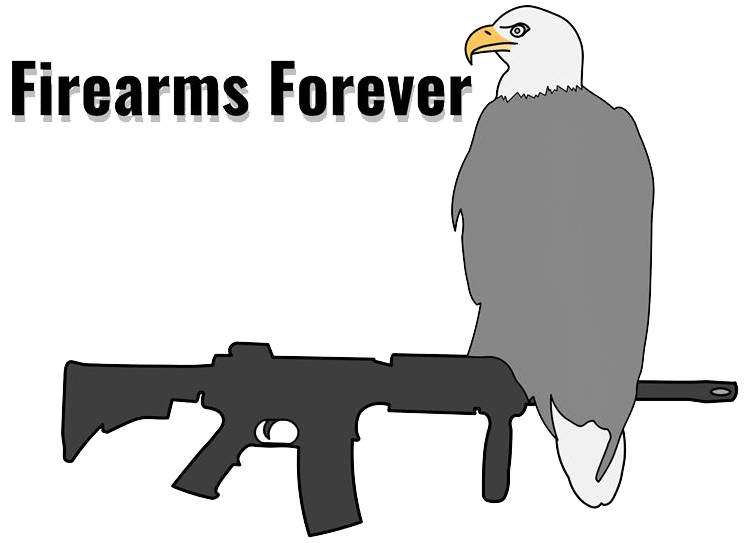You can only plant so many food plots and hang so many tree stands or trail cams. Once you check off all the glamorous offseason whitetail duties, you have to tackle the less exciting ones or ignore them altogether. You can think of this list of chores as the leg day of scouting.
It requires a bit more effort; most people want to avoid it, but it’s glaringly apparent when you skip it. Whether you’re looking to improve upon last season or you need a distraction from the oppressive heat, here are a few whitetail tasks you can do now to increase your chances of success this fall.
Scout for Two-legged Predators
This point gets overlooked in general, especially for public land hunters. Sure, you might make note of where you’ve spotted people or which trailheads and parking lots are always packed, but what about the subtle hints of other hunters? You might locate a dynamite spot, but if it gets a ton of pressure from other hunters, including yourself, it’s not likely to deliver.
I encountered this scenario a few seasons ago when I convinced myself that I had found the X. I located a great spot to hang a stand where the corner of bedding pinched down to a creek crossing that was hammered with tracks, including a huge buck track.
Unfortunately, I also spotted a pair of boot tracks ascending the opposite bank. A single pair of boot tracks might not have deterred me from that area, but then I found a granola bar wrapper…and another. A hundred or so yards south of that crossing, I spotted a scent wick hanging from a tree, which drove the nail in the coffin for that spot.
These details don’t stand out like lock-on stands or trail cameras, but you shouldn’t ignore them. If you’re hunting in an area where someone has carelessly littered, I guarantee they’re also careless about how they access and hunt that spot. You might not want to disregard that spot completely, but I wouldn’t bank on it.
Reevaluate Historical Spots and Stands
If you hunt a place long enough, you figure out its natural rhythms, which ebb and flow depending on conditions, hunting pressure, and a host of other factors. Just because one spot produced last year doesn’t mean you can bet on it delivering again.
You can avoid figuring that out on opening day by revisiting those spots during the summer. For instance, scout trails that you normally hunt and observe the traffic. Has it increased, decreased, or dried up completely? If it disappeared, you’ll need to ask why. Maybe a storm blew a tree across the main trail, and now it’s moved fifty yards in another direction. Maybe the bedding area aged out, or the neighbors put a camper right across the fence, etc. Whatever the cause, you’ll need to see what changes have occurred on the landscape.
Add Plan C and D Spots
If you’re committed to this hunting thing, you have to accept the unexpected. Whether the deer come from another direction, a big buck slips into your shooting lane, or someone parks in your honey hole on opening day, you have to adapt. Part of adapting requires preparation. If you have multiple spots that you can immediately pivot to, you’ll increase your odds for success and avoid scrambling when someone else gets to spot A before you do.
No, these spots don’t have to be dynamite. They’re backups for a reason. However, they should be promising at the least. Consider these spots for “observation sits” when you have to pivot to them. They don’t need to have thigh-wide rubs or community scrapes, but you need to see potential, which could include a few trails, an overlooked bedding area, or a terrain feature that draws deer through an area.
You should also consider spots based on the wind direction from your first spot. For instance, if your spot A sets up well for a north wind, then your backup should set up similarly. If it doesn’t, you might as well not have a backup.
E-scout
My northern and midwestern counterparts might get cabin fever during the late winter months, but there’s a similar sentiment down South during the dead of summer, especially in landlocked areas where the vegetation is thick and the air is thicker. If you’re going to stay inside, then you can at least e-scout for any upcoming trips or potential backup spots.
E-scouting might seem simple enough, but you can improve it and your hunting by spending time behind a screen. Of course, you’ll need to eventually get boots on the ground to verify these spots. Once you do get some eyes on these places, you’ll be able to notice similar trends or map features that can translate to other areas, which will make the process more efficient for you.
Get Outside
You can’t replace woodsmanship with some quick-fix product. The more time you spend outside, even when you aren’t hyper-focused on deer hunting, the more you’ll develop as a well-rounded hunter. It might not seem as immediately gratifying as cutting shooting lanes or prepping stand sites, but it’ll pay off for years to come.
Read the full article here



